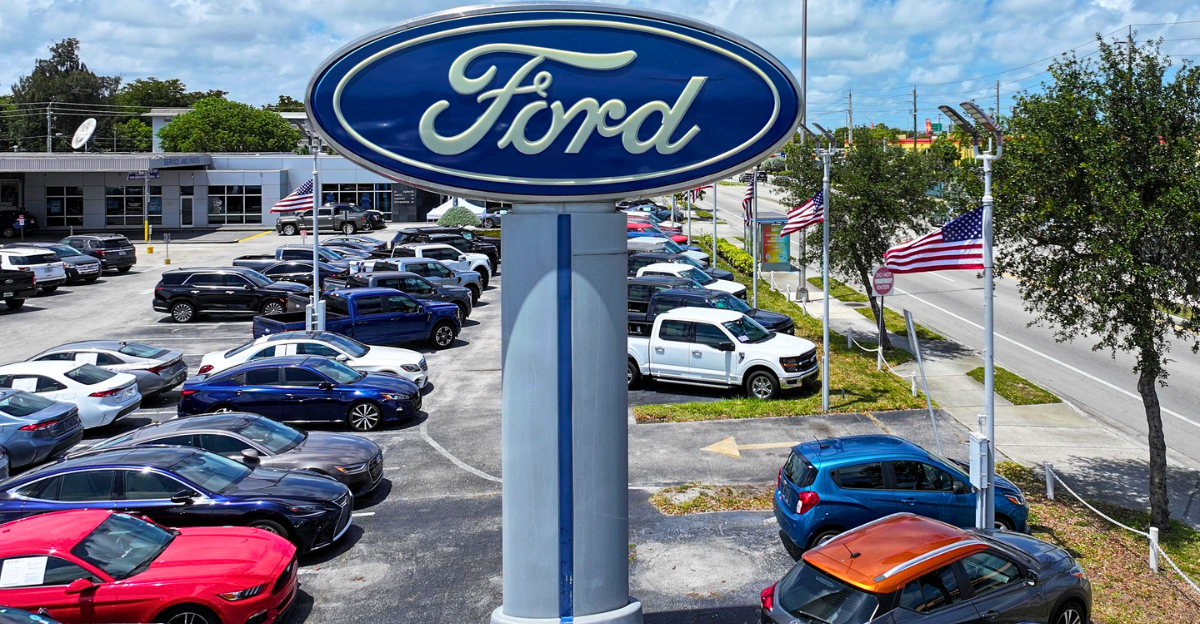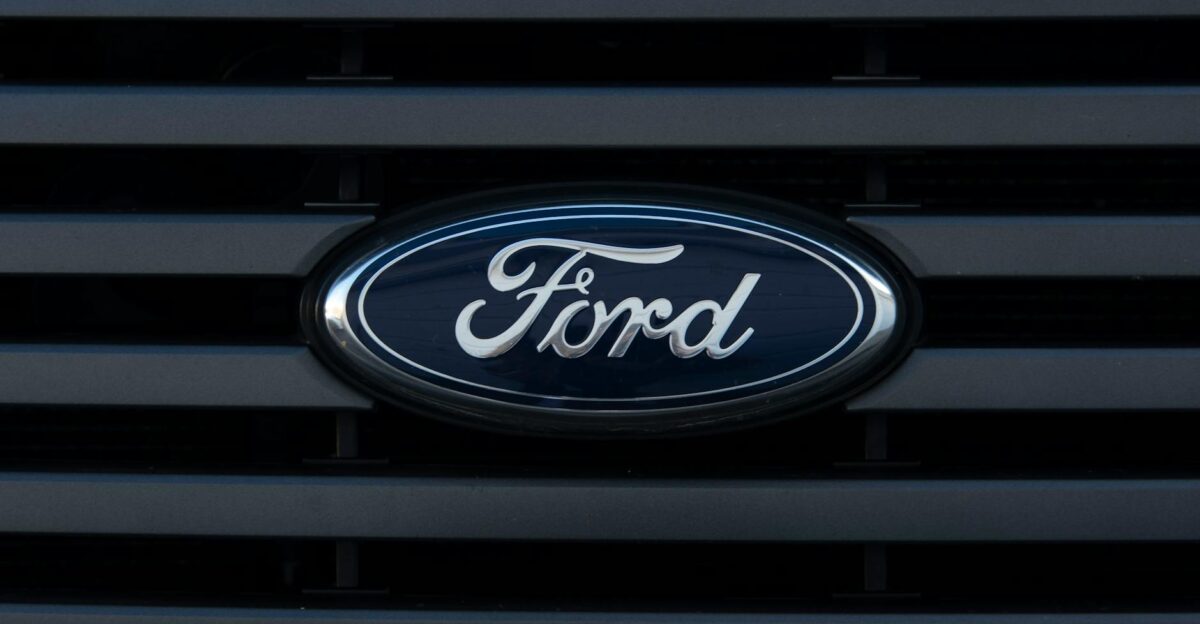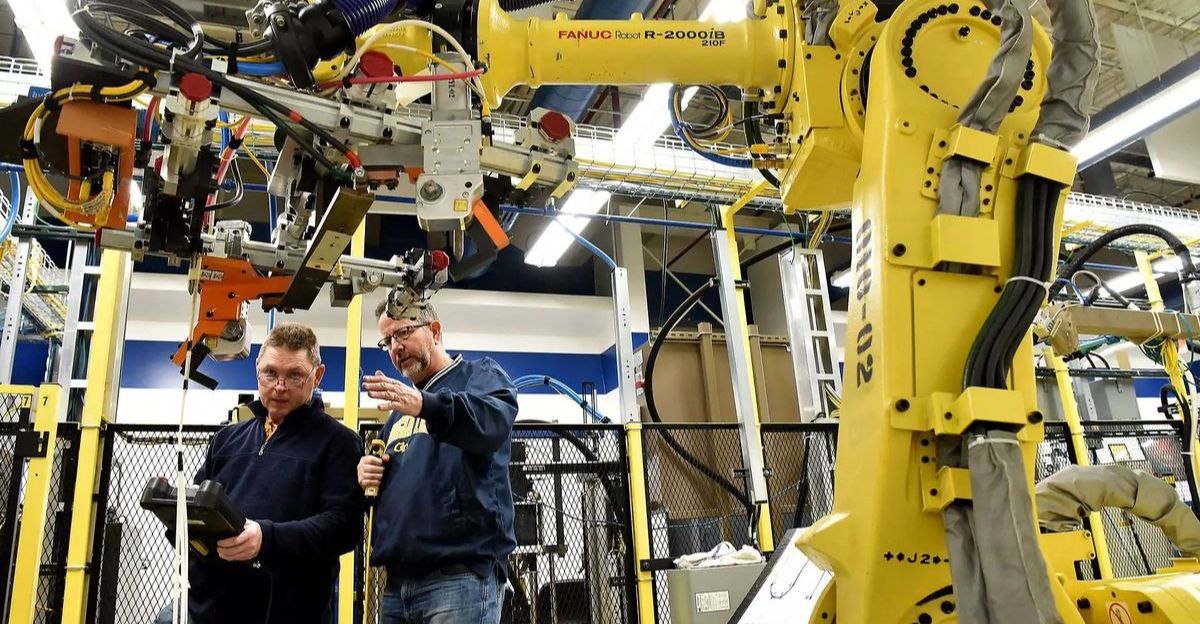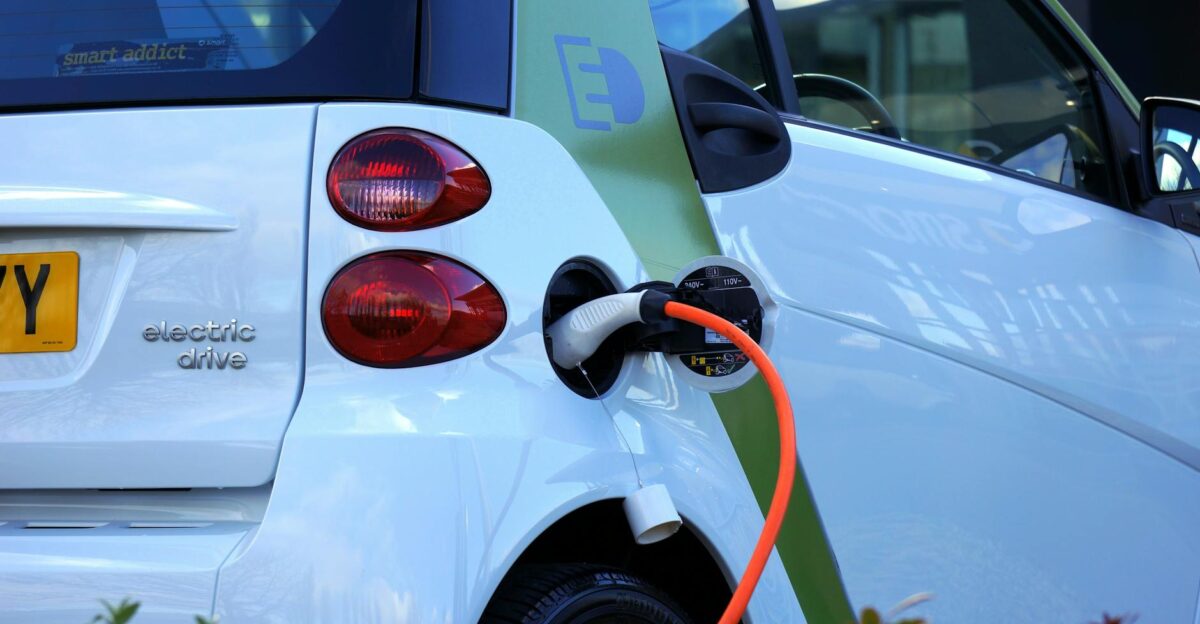
In mid-July 2025, Ford logged its 13th recall of the year – by that point already surpassing GM’s 77–recall record from 2014. Over five million Ford vehicles have been flagged for fixes since January.
These vehicles represent almost half of all U.S. recalls this quarter. CEO Jim Farley told investors he has “big regrets” about not tackling quality issues sooner, and he says a “culture reset” is now underway. A cascade of safety alerts has the industry asking: with such a critical backlog, what problem could possibly top this list?
Hidden Hazard

Meanwhile, internal investigators have pinpointed the culprit: brittle fuel injectors. Ford’s recall notice warns that “a cracked fuel injector in the engine allows fuel to leak at a high rate”. In late-spring tests, engineers found eight recalled Bronco Sport and Escape SUVs where such leaks caused gasoline to pool on hot engine parts and spark under-hood fires.
Fortunately, no one was hurt. Still, NHTSA warns that even a single leak could ignite a fire within seconds. Ford has pushed out an over-the-air software patch to detect sudden fuel-pressure drops and cut the engine, but it says no permanent hardware fix exists yet. Owners will get mailed warnings and must wait until redesigned injectors are available.
Costly Lesson

Last November, Ford agreed to a consent order imposing up to $165 million in penalties for failing to recall vehicles promptly. NHTSA Deputy Administrator Sophie Shulman warned, “Timely and accurate recalls are critical to keeping everyone safe. As part of the deal, Ford committed $45 million to new data analytics and will be overseen by a three-year independent monitor.
The automaker paid $65 million of the penalty immediately, with another $55 million deferred pending compliance. It also must review every recall filed back to 2022 to make sure no defect went unchecked.
Quality Crunch

Analysts link Ford’s avalanche of recalls to pandemic-era shortcuts and supply-chain glitches. The company acknowledges pouring resources into quality. For example, Ford held back 60,000 new F-150 trucks for extra inspections to catch assembly issues before launch. CEO Farley expects these steps to pay off: “We’re going to see long-term fewer recalls and lower warranty costs because of this new process,” he said.
Even so, Ford “topped the industry in number of recalls since 2021”. Vehicle recalls have surged 43% industrywide in the past decade, but Ford still stands out as the most-recalled U.S. automaker. In short, lessons are being learned, but the bar is high for improvement.
Massive Pullback

Then came the watershed moment. On July 14, 2025, Ford’s Field Review Committee approved Recall 25V467, covering 694,271 Bronco Sport (2021–’24) and Escape (2020–’22) SUVs with 1.5L engines. NHTSA’s notice says cracked injectors on these models can leak gasoline and ignite fires. Ford calls this the largest SUV-specific recall in its history – pushing the company’s year-to-date tally past any previous full-year record.
Dealers will apply an interim software fix and install new fuel drain tubes; a permanent injector redesign is still months away. Michael Brooks of the Center for Auto Safety called this “the most significant action of the year”, underscoring the sheer scope of Ford’s quality challenge.
Owners Alerted

Roughly 687,000 of the affected SUVs are registered in every U.S. state and territory. Ford will begin mailing interim safety notices the week of August 18, advising drivers to watch for fuel smells or dashboard warnings and to park outdoors if a leak is suspected. A VIN lookup tool went live July 15, and Ford’s customer hotline now fields thousands of calls daily.
Until replacement injectors arrive, dealers will rely on the software stopgap that cuts engine power on severe leaks – a measure that can strand vehicles but can prevent a fire. The next question is capacity: can dealerships scale up repairs fast enough?
Human Lens

A Ford safety notice warns that “a fuel leak may result in fuel odor both outside and inside the vehicle”. Owners’ stories bring this warning home. One reported smelling gasoline in her 2022 Escape for weeks before the recall was announced. Ford emphasizes no one has been hurt yet, but advocates at the Center for Auto Safety urge owners to “immediately park outside” until a fix is done.
These accounts – sudden breakdowns and near-miss fires – put a human face on Ford’s recall crisis. They remind us that behind every recall number is a family hoping their ride is safe.
Regulatory Watch

The consent order gave NHTSA a front-row seat to Ford’s safety process. Now Ford must submit defect data and recall plans quarterly, and an independent monitor can recommend a halt to production if new issues arise. Notably, this latest injector recall only happened after NHTSA reopened an investigation into the issue this spring.
Under the consent decree, Ford was also required to re-audit every recall from the past three years. If the company misses any reporting deadlines, an extra $55 million in penalties will kick in. In practice, regulators now scrutinize virtually every recall decision Ford makes.
Financial Strain

Ford’s Q2 filings estimate the injector recall will cost roughly $570 million. That charge includes parts, software updates, and customer outreach. The stock dipped about 1% on the news before recovering as Ford reaffirmed its full-year outlook. Still, analysts warn that repeated quality charges will squeeze profits.
Fitch Ratings has cautioned that ongoing recall costs could delay Ford’s margin recovery, and RBC Capital notes that the true bill depends on warranty claims over the next 15 years. Investors are keenly watching for ripple effects – on suppliers straining to retool parts, and dealerships shuffling repair schedules – as the recall unfolds.
Road Ahead

Turning these recalls into a turnaround remains Ford’s next challenge. Farley says he will simplify designs, embed more telematics, and “incentivize perfection” across product lines. Regulators will review progress in 90-day check-ins, and the independent monitor will track how quickly new defects are detected. With fresh models launching and more than five million vehicles still awaiting fixes, Ford faces a daunting credibility test.
One Wall Street analyst notes, “the stock market doesn’t seem to agree” that Ford’s fixes will work. If software can’t outpace hardware flaws, will customers give Ford more time – or will another headline dash those hopes?
Lingering Investigations

NHTSA hasn’t let up. It opened two new probes into Ford’s safety actions since last fall. One is investigating whether 112,000 Ford Expedition (and Lincoln Navigator) SUVs should be recalled for a seatbelt pretensioner fault; another is reviewing if Ford’s April recall of 456,000 Bronco Sport and Maverick crossovers for sudden power loss (battery issues) was adequate.
Ford says it’s cooperating fully. Meanwhile, under the consent order, the company had to re-examine every recall filed since 2021.
Electric Ambitions

Ford’s aggressive shift into electric vehicles adds complexity. The company posted a $1.1 billion loss in its EV and software division in Q2 and expects up to $5.5 billion of EV-related losses for the year. On the plus side, Farley touts growing sales of hybrids and EVs and says the EV push has been “humbling,” forcing Ford to become “even more fit as a company” by applying those lessons to its gasoline vehicles.
Nevertheless, analysts caution that these recalls could carry over into EV programs. If quality issues plague Ford’s new electric models, customers who already have doubts may jump to competitors.
Sales Resilience

For all the quality headaches, Ford’s U.S. sales remain strong. In Q2, Ford sold 612,095 vehicles – a 14.2% jump, roughly ten times the industry growth rate. F-Series pickups posted their best quarter since 2019, and SUV sales (including hybrids) surged. These results have helped cushion the company: profitable trucks and large SUVs have so far outweighed some of the recall headwinds.
Ford management has held its full-year profit outlook steady, relying on these sales to absorb recall costs. Even so, analysts warn that record sales alone won’t overcome eroding customer confidence if quality doesn’t improve.
Mixed Signals

Ford is quick to highlight any positives. In June it pointed out that its brands earned more awards than any other in J.D. Power’s 2025 Initial Quality Study. But quality experts note that initial-quality rankings focus on early build issues – squeaks, rattles, minor defects – not the serious safety problems Ford is now fixing. In reality, no rival automaker has come close to matching Ford’s recall count this year.
Put simply, Ford’s messaging is mixed: even as it touts quality accolades, it has unprecedented recalls. Only real-world driving experience – whether defects truly go away – will decide which narrative prevails.
The Final Test

Ultimately, Ford’s recovery hinges on execution. Jim Farley acknowledges the company’s past failings but insists it has “everything in place to really see our quality turn for our customers and for our business”. He also admits that if you ask him his biggest concern, it’s “execution.” Ford now must deliver on those promises.
Only by reliably fixing millions of cars – and rebuilding trust with drivers – can the automaker turn this crisis into an opportunity. Otherwise, another headline could yet dash those hopes before the year’s end.
